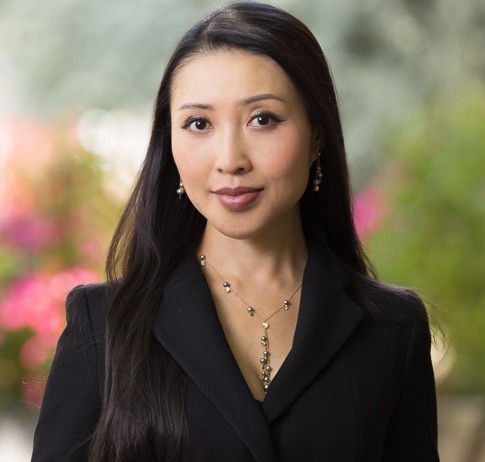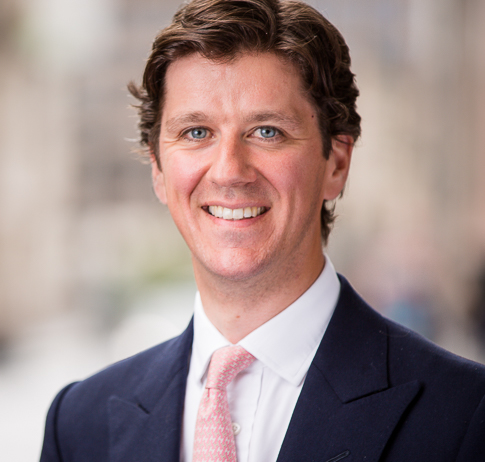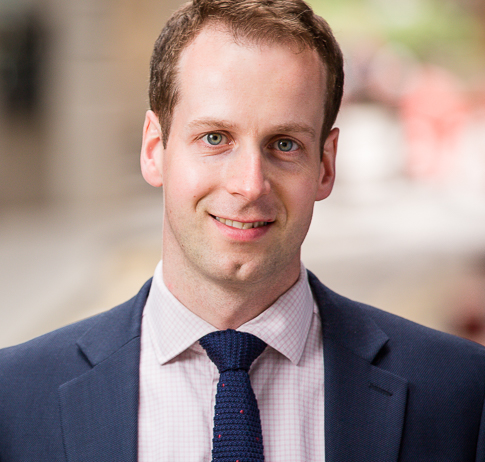Article
The Global Rethinkers: Financial Times interview with Nick and Victoria Howard
3 April 2023 | 5 minute read
Nick and Victoria Howard’s “purposeful development” is making one of the UK’s most iconic properties a new model for reviving biodiversity and rural communities

“We are living in the shop, not just above the shop,” says Nick Howard. “Every moment of the day, there’s something going on that we have to pay attention to, decisions that have to be made. That doesn’t stop – it’s seven days a week, 24 hours a day.”
As shops you could live above go, it would be hard to do better than Castle Howard, a Baroque masterpiece set in 9,000ha of Yorkshire countryside. You may have visited yourself, which around 250,000 people a year do, or seen it on screen, perhaps as the palatial home in Brideshead Revisited (both the 1981 TV series and the 2008 movie).
We have a project in its infancy to evaluate the wild release of beavers onto the estate – they’re wonderful ecosystem engineers.
“It’s an enormous pleasure when you see visitors here for the first time who react to coming around a corner and being confronted with this extraordinary view, or an extraordinary room like the Great Hall,” says Nick. “I don’t think I’ll ever cease to get pleasure out of seeing people reacting like that.” He and his brothers grew up in Castle Howard, the 10th generation of the family to do so, and he became a photographer. For the past few years, he has been living here again with his wife, Victoria Howard (née Barnsley, a former CEO of HarperCollins). They have set out to forge a bold, sustainably minded vision for how a historic estate of this grand scale can be responsibly managed and developed.
“Architecturally, it’s probably the finest example of the Baroque in the UK, by Vanbrugh and Hawksmoor,” says Victoria. “But I think what makes it unique is the relationship between this extraordinary architecture and the rest of the landscape, giving this sense of place. Our tagline for our marketing is ‘A place like no other’.”
Restore, regenerate, revive
Together, Nick and Victoria are running, restoring and updating the estate of Castle Howard, which includes villages, woodland and farmland, as well as the visitor attraction of the main house (treasures inside include paintings by Rubens and Reynolds). They have what they call “an ambitious but necessary masterplan” to evolve the way the varied estate is managed, and respond to “the climate and biodiversity emergencies and a lack of rural housing and services”.
You need a certain degree of scale to do anything significant in terms of nature and biodiversity.
Their ambitions go well beyond restoring and preserving the unique architectural features of Castle Howard, though that in itself could be a lifetime’s endeavour. The “purposeful development” plan will seek to “restore, regenerate and revive”. That includes fostering the conditions for richer biodiversity of the grounds; supporting sustainable farming practices; and creating better infrastructure for local communities of villages here, including building quality new housing.
The estate’s mixed-use landscapes are all set in an Area of Outstanding Natural Beauty. “Whatever the land is being used for, we want to leave a legacy of improvement,” says Victoria. “Whether you’re farming or rewilding, it all comes back to that idea that you improve the soil and water. We have a project in its infancy to evaluate the wild release of beavers onto the estate – they’re wonderful ecosystem engineers. Where we continue to farm, we will farm in a sustainable way. You need a certain degree of scale to do anything significant in terms of nature and biodiversity. I think we’ve just about got enough scale to make a significant contribution, and that’s very exciting.”
Country estate as ecosystem
The Howards are not the only custodians of a historic property who are focused on sustainability. Isabella Tree’s bestselling 2018 book Wilding put a spotlight on the transformation of the Knepp Estate in Sussex, while at Blenheim Palace, Oxfordshire – also a legacy of Vanbrugh and Hawksmoor – visitors will find previously manicured grounds turned over to wildflowers and pollinators.
One of the reasons the Howards’ vision can be on a sweeping scale is that they have an uncommonly high level of creative control. “There has been a tendency on estates to see the visitor attraction of the house as one thing, and then to see the rest of the estate – farming, forestry, whatever – as separate. And on a lot of estates they have different ownership structures or are run by different boards,” says Victoria. “Whereas what we are trying to do is see the estate holistically, as totally interrelated.”
I don’t want my grandchildren looking at what we do in 50 years’ time and saying, ‘How could they?’ I want them not to realise, in some ways, that this was our development.
She and Nick are retro-fitting some existing buildings on the estate to be more energy efficient, and overseeing the design and building of new homes to be both sustainable and architecturally sympathetic to the surroundings. In an area of rural Yorkshire short on housing and infrastructure, they are planning to add 400 to 700 new homes, including affordable housing, to the existing properties. “This is going to be probably the most visible part of our legacy,” says Nick. “So from an entirely selfish point of view, I don’t want my grandchildren looking at what we do in 50 years’ time and saying, ‘How could they?’ I want them not to realise, in some ways, that this was our development.”
Whether or not visitors realise the full extent of the “purposeful development vision” for biodiversity, custodianship and communities, what do the couple hope visitors to Castle Howard will take away from the experience? “It’s easy to think of somewhere like this as effectively being a museum,” says Nick. “The thing that would tell me we’re successful is if people come away surprised that they’re not just walking into history, but they’re walking into something that’s alive, something that has a future as well as a past.”
The Global Rethinkers
We're getting behind some of the founders and innovators who are changing our world. Check out our hub to find out more.





